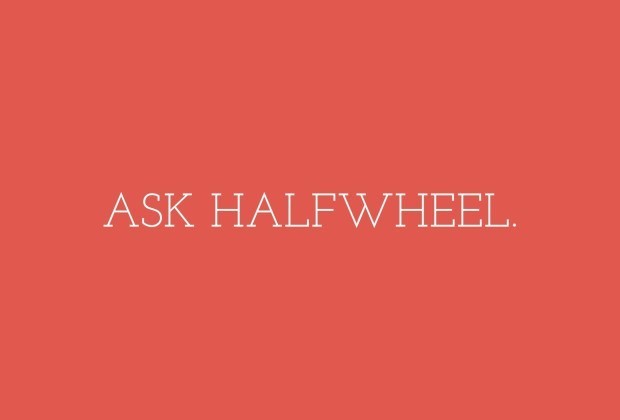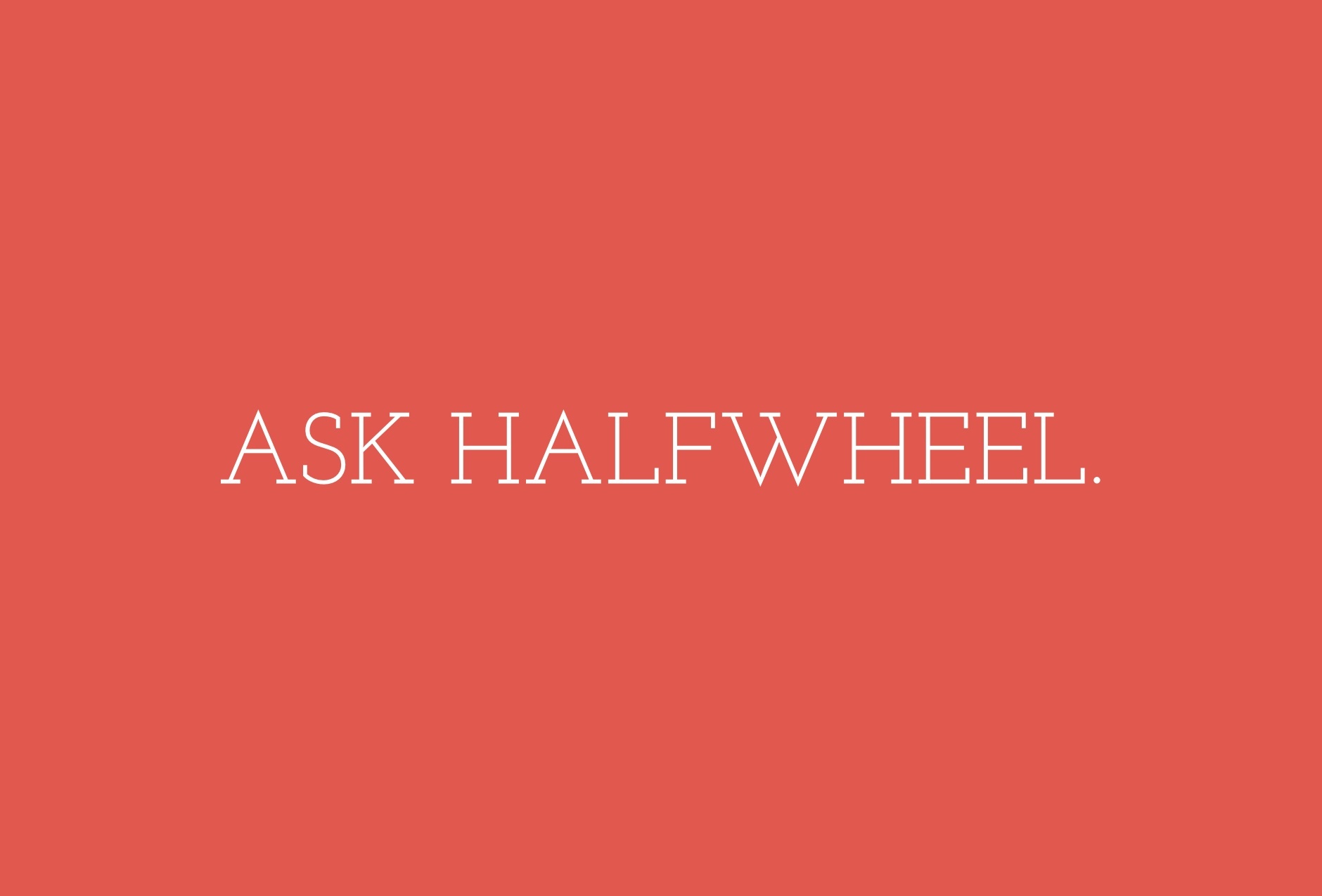It’s Friday, and it’s time to answer another question submitted to Ask halfwheel by one of our readers.
Yami recently asked the following:
What does it take for a cigar to be recognized as a premium? Is it its price, rarity, history or your rating of it? Is it because it is hand made? If so doesn’t that devalue the “premium-ness” of cigars since the bulk of them are hand made?
I’m pretty new to the scene, and I’m just curious. I’d hate to unassumingly buy junk sticks, it would help if there was a gauge from which to measure the classes of cigars out there if there is such a thing.
Unfortunately, there is no clear threshold as to just what makes a cigar premium; it has nothing to do with price, rarity, history or the rating it gets from halfwheel or any other cigar media. But there are some attributes that all premium cigars tend to have, so let’s start there.
Tobacconist University, one of the industry’s leading resources, defines a premium cigar as “large cigars which are made from only long leaf tobacco and are made exclusively by hand.” A large cigar, by the U.S. government’s definition, is one that weighs at least 3 pounds per 1,000 units.
Expanding on TU’s definition, you identified one of the attributes of a premium cigar, which is that they are handmade. Just because there are a lot of handmade cigars (upwards of 400 million by estimates), this doesn’t devalue the “premium-ness” of them at all. In fact, it’s a fraction of the number of machine-made cigars that are on the market, which is well over one billion. Other than the use of a Lieberman machine to assist in the bunching process, every other step involved in making a premium cigar is done by hand, something unique to cigars that earn that description.
Second, premium cigars use long leaf tobacco, often referred to as long filler. This is tobacco that hasn’t been chopped or shredded into smaller pieces, which is what is found in cigarettes and many mass-market cigars. There begins to be a bit of gray area when it comes to cigars that use mixed filler—a blend of both short and long filler tobacco—as well as cigars such as Drew Estate’s Único Serie Papas Fritas, which use the cuttings (or picadura) of tobacco from the larger cigars in the Liga Privada line for the filler while using long filler for the binder and wrapper. However, these are a bit more challenging to classify because the tripa corta (short filler) gets hand sorted back into their original leaf variety, hand cut and hand blended into each cigar, as opposed to just being dumped into a big bag as is done with lesser quality cigars. If anything, Papas Fritas could certainly be considered a premium tripa corta cigar.
Even with a hand rolled, large cigar that uses long filler tobacco, there is still quite a range of quality, and that comes from the quality of the leaf used. Once harvested from the plant, tobacco undergoes several rounds of grading and classification. Better quality leaves—both in terms of their physical appearance and flavor—command a higher price and will reflect that at the register when you go to buy them. Similarly, lower quality leaves, those not as pretty or not as flavorful, can’t command the higher prices, and will generally be used in lower priced cigars, though ones that would still be premium by definition.
Of course, there are a number of factors that go into the price you pay for a cigar, and one has to be careful not to make the false correlation between price and quality. Packaging, marketing, production costs, shipping and of course profit margin all go into a cigar’s suggested price, and that’s before taking taxes into account. There are plenty of very enjoyable cigars in the $6-8 range that earn the name premium in my book, and plenty in the $15-20 range that don’t, though that it purely a matter of personal preference.
One presentation that people often get confused on when it comes to a cigar being premium or not are bundle cigars. These are generally sold in 20- of 25-count cellophane wrapped bundles and not in traditional wood boxes. Some people automatically assume that these aren’t premium cigars, though it is hardly the case, at least going by the definition above. They may just be made with a less expensive tobacco, and almost certainly with lower cost packaging, but it would be unfair to lump them all together into one category of quality.
If you’re concerned about buying “junk sticks,” I highly recommend consulting the tobacconists at your local premium cigar shops to help guide you through their humidors. It’s pretty easy to recognize the better shops in person, as you will see and feel a much different presentation from places that skew towards being convenience stores. If you don’t have a local tobacconist and do most of your shopping from online stores or catalogs, it does get a bit harder, but is still manageable when you shop after consulting a site such as halfwheel, since all we review and cover are premium cigars.
That certainly won’t mean that you’ll like everything you end up trying; there are plenty of cigars that fit the definition of a premium cigar that I would be wary to smoke, mainly because I’m not a fan of the flavor profile that the cigar offers. It doesn’t mean it’s not a premium cigar, it just means it’s a cigar of which I’m not fond.
With the vast number of premium cigars on the market, you certainly have valid reason for being concerned about buying non-premium cigars. Fortunately, with a number of great resources available on the web and in print, plus thousands of premium cigar shops all around the U.S. and the world, successfully navigating the premium cigar landscape can be a bit less daunting.
Got a cigar or halfwheel related question you’re just dying to have answered? Click here and it may be featured in an upcoming edition of Ask halfwheel.


